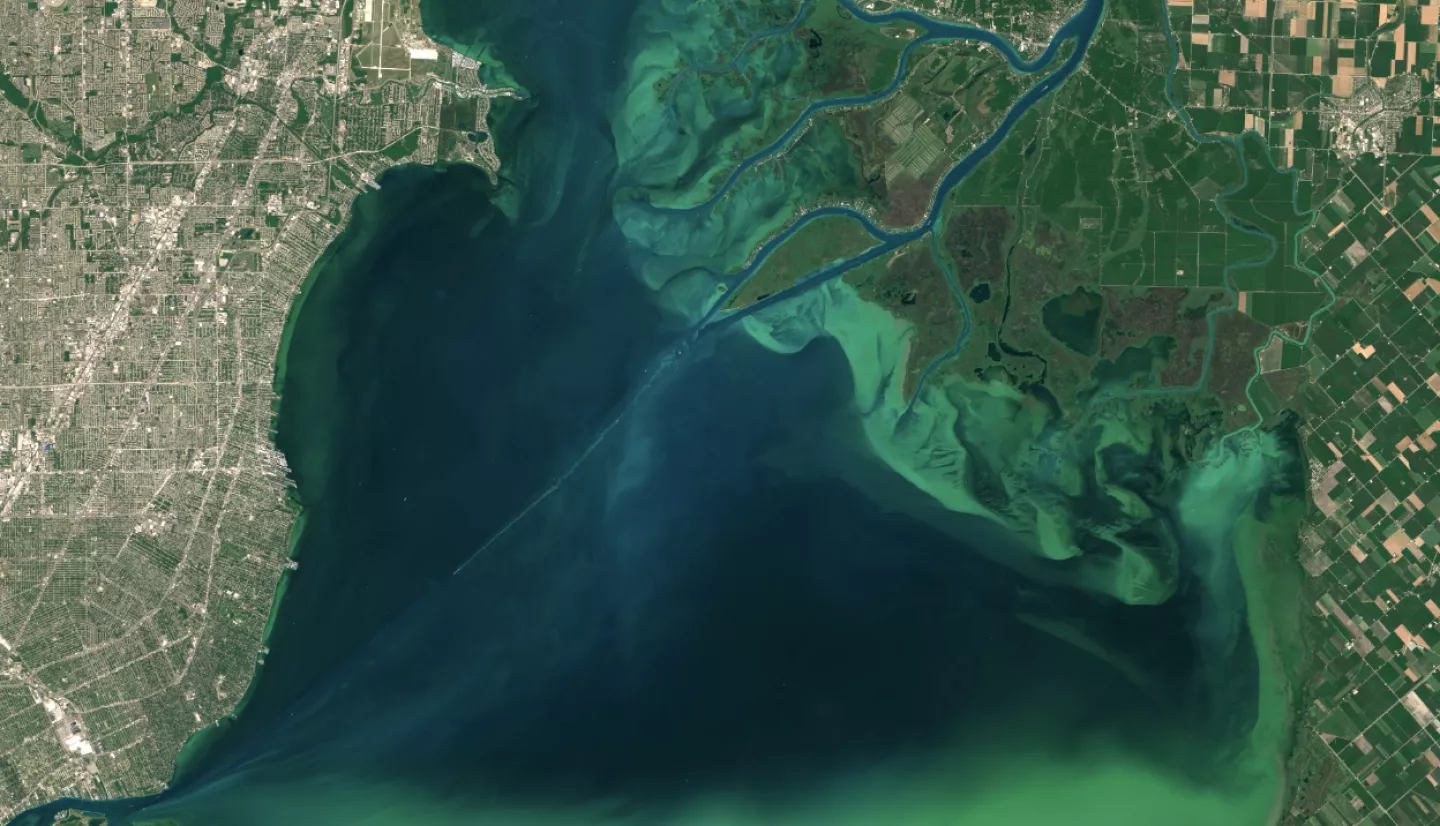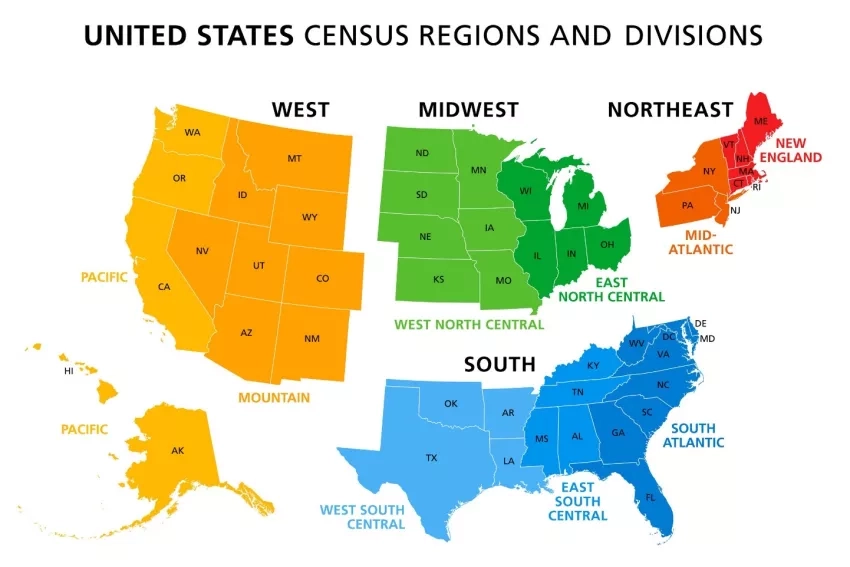Harmful Algal Bloom Detection
Teams as far-flung as China, North Carolina, and Kenya have won a challenge to help NASA develop new ways to find and track harmful algae blooms.
The Problem:
Simple water-borne plants called algae occur everywhere. But when large ‘blooms’ of algae occur it can cause problems. The Tick Tick Bloom challenge focused on detecting cyanobacteria, one of the major types of harmful algal blooms (HABS). According to the U.S. Centers for Disease Control and Prevention (CDC), harmful algal blooms produce toxins that are poisonous to humans and their pets, and threaten marine ecosystems by blocking sunlight and oxygen.
The Challenge:
In this challenge, teams from around the world created computer algorithms to find harmful algal blooms. The groups looked at publicly available satellite, climate, and elevation data for ponds, lakes, and other inland water bodies.
This type of remote sensing provides more frequent surveillance, earlier detection, and better response to blooms. The resulting algorithms will help water quality managers better allocate resources for manual sampling and make more informed decisions around public health warnings for critical resources like drinking water reservoirs.
This competition brought together a wide diversity of backgrounds and skills, allowed for testing hundreds of models quickly and cost-effectively, and elevated the best-performing solutions to help provide satellite data-based insights to support public and environmental health.
The company Driven Data Labs administered the Tick Tick Bloom challenge. It generated 907 submissions and drew 1,377 participants with winners from three continents.
The top submissions doubled the accuracy of cyanobacteria detection from satellite data. The evaluation committee assessed the top five participants for their write-up describing their methods. These write-ups offered more insight into each specific approach. The top three write-ups won a bonus prize.
Meet the Winners:
Yanx Xu, China - 1st Place Model, 2nd Place Model Write-Up
Andrew Wheeler, North Carolina, USA - 2nd Place Model
Raphael Kiminya, Kenya - 3rd Place Model and 1st Place Model Write-Up
Open-source code and documents from all winning models can be found on DrivenData’s repository on GitHub. The repository also includes details about the methods and how the models work.
Learn more about the winners and see their submission scores.
How Did The Participants Tackle The Challenge?
Challenge participants used U.S. Geological Survey / NASA Landsat satellite data and the European Space Agency’s Sentinel-2 satellite data and Copernicus digital elevation model data. Participants also used climate data like temperature, wind, and precipitation. Together, these data allowed participants to develop models that would detect and classify the severity of cyanobacteria in small, inland water bodies.
The models were calculated separately for four regions in the U.S. (West, Midwest, Northeast, South) and then averaged. This was important because each region has unique environmental factors like seasons and climates that may impact the presence, severity, and detection of harmful algal blooms.
Who Supported This Challenge?
The NASA Applied Sciences Health and Air Quality program area and the NASA Applied Sciences Prizes and Challenges program created this competition. The data science crowdsourcing platform DrivenData led this challenge, with collaboration from NASA, the National Oceanic and Atmospheric Administration (NOAA), the U.S. Environmental Protection Agency (EPA), the U.S. Geological Survey (USGS), the U.S. Department of Defense’s Defense Innovation Unit, Berkeley AI Research, and Microsoft AI for Earth. Additionally national, state, and regional public health and water monitoring organizations provided in situ cyanobacteria cell density measurements to validate algorithm outputs.
The NASA Tournament Lab, part of the Prizes, Challenges, and Crowdsourcing program in the Space Technology Mission Directorate, managed the challenge.
Get involved! Explore other prize and challenge opportunities to help make a difference here on Earth.








